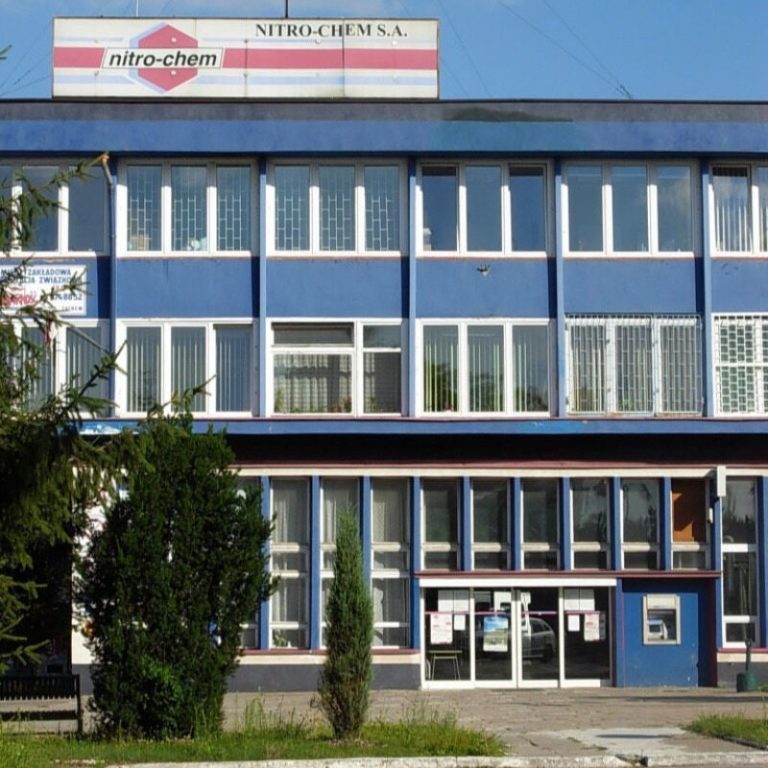Egypt is not only pyramids. Polish archaeologists are exploring the country from a lesser known side

The Polish archaeological mission in Gebelein in southern Egypt wants to show what the ordinary life of the inhabitants of the land of the pharaohs looked like in ancient times. And what does a typical day look like for archaeologists at a research site?
Polish archaeologists have been working in Gebelein as part of the Gebelein Archaeological Project since 2013. Research in this place is led by Dr. Wojciech Ejsmond*, currently an employee of the Institute of Mediterranean and Oriental Cultures of the Polish Academy of Sciences.
Gebelein, meaning “two rocky hills”
– The name Gebelein means “two rocky hills” in Arabic, which are a characteristic feature of the local landscape. Its ancient name Inerti has exactly the same meaning as the modern one – says Dr. Ejsmond in an interview with “Wprost”. – In the Gebelein area there are several archaeological sites dating from the Paleolithic period, i.e. about 30,000 years ago, through all periods of the history of the pharaonic state to modern times. They include, among others, the remains of two cities, i.e. Per-Hathor and Sumenu, which in Greco-Roman times were called Pathyris and Krokodylopolis, respectively, four cemeteries, sanctuaries carved in rocks, numerous rock carvings and places of limestone and flint extraction she lists.
And this is the place that Polish archaeologists are studying. What about their research?
– In order to reach the research site, archaeologists get up before 6 am in order to arrive at the work site before sunrise. This allows you to make the most of the cool mornings. From about 10-11 it gets so hot that it’s hard to focus on work. And there’s a lot of it says Dr Ejsmond. – Several hundred tombs, dozens of rock carvings and hundreds of inconspicuous finds, such as flint tools from the Stone Age or later shells of vessels covered with decorations depicting religious ceremonies, have already been inventoried. Collected together, these monuments allow us to reconstruct the history of this place and what the life of the people who lived there looked like – underlines.
Dr. Ejsmond emphasizes that many artefacts come from Gebelein, which are now in museum collections around the world. – Their interpretations indicate that the site was originally an important center in the history of ancient Egypt – says. – In later centuries it was only a deep province. However, in the 2nd century BC, the capital of the nome, i.e. an administrative unit, was established there, which can be compared to a small province before the administrative reform. Numerous written sources come from those times, about 1,400 documents, e.g. real estate lease or sale contracts, tax returns and private correspondence, allowing you to learn about life in a provincial administrative center during the rule of the Ptolemaic dynasty – indicates.
Polish archaeologists in Gebelein
As a result of the current research of the Gebelein Archaeological Project, numerous petroglyphs dating from prehistoric times to the second half of the second millennium BC have been discovered.
– It is worth mentioning a rock inscription with the name of Ramesses IV mentioning a previously unknown expedition sent by this ruler and a concentration of graffiti near the Hathor temple. The latter are the oldest Egyptian prayers known from the temple area. They were created in the years around 1770 – 1400 BC says the archaeologist. – Several meters below these inscriptions there is a chapel carved in the rock. The works carried out in it made it possible to extract from the layers of pollution and restore reliefs dating back to the reign of Queen Hatshepsut (approx. 1478–1458 BC). They depict the ruler during the sacrifice of the goddess Hathor with the cult nickname “Lady of Gebelein” he adds.
As a result of the latest works, a previously unknown necropolis was discovered, consisting of monumental tombs carved in the rock from the end of the 3rd millennium BC. BC – Very interesting results were obtained by geophysical research in another cemetery. They allowed to determine the plans of tombs built of mud brick from the end of the 3rd millennium BC. BC without the need to stick the proverbial spade into the ground – points out Dr. Ejsmond.
Recent archaeological fieldwork focuses on the remains of the city of Per-Hathor.
– There was, among others, the sanctuary of the goddess Hathor. It is particularly interesting because of its provincial character. Most of the temples known to us from ancient Egypt are monumental foundations on the basis of which one can learn about the official theology, the ideology of royal power and the propaganda of the pharaonic state. However, we know very little about the beliefs of ordinary people. Current studies on the aforementioned inscriptions from the vicinity of the sanctuary and new finds from the temple area allow us to better understand this poorly understood folk religiosity the research manager points out.
Work is also being carried out in the area surrounding the temple. Their goal is, among other things, to determine its plan and create its virtual reconstruction.
– Gebelein offers a rare opportunity to trace the history of ancient Egypt over several thousand years from a provincial perspective. The richness of the relics of the past also allows us to penetrate into the lives of ordinary people, the “statistical” subjects of the pharaoh – emphasizes Dr. Ejsmond.
* Dr. Wojciech Ejsmond, Institute of Mediterranean and Oriental Cultures of the Polish Academy of Sciences, head of archaeological research in Gebelein. A graduate of the Institute of Archeology of the University of Warsaw, where he defended his master’s thesis entitled “Egyptian temples in the predynastic and archaic periods” under the supervision of prof. Andrzej Niwiński. Later, a participant in interdisciplinary doctoral studies conducted by the Center for Research on the Antiquity of Southeastern Europe of the University of Warsaw, where he prepared his doctoral dissertation under the supervision of prof. Karol Mysliwiec “Gebelein During Pre- and Early Dynastic Period in Context of Other Centres” defended at the Faculty of History of the University of Warsaw. Awarded many times, e.g. laureate of the Start scholarship, awarded by the Foundation for Polish Science for outstanding young researchers, and the award for outstanding young scientists, awarded by the Institute de Republica. Participant of excavations in Syria, Turkmenistan, Montenegro and Italy. Author of numerous scientific articles related to the archeology of Egypt and the Middle East. As a traveler, he hitchhiked almost the entire Middle East and Central Asia. These trips resulted in photo exhibitions, lectures and popular science articles.






